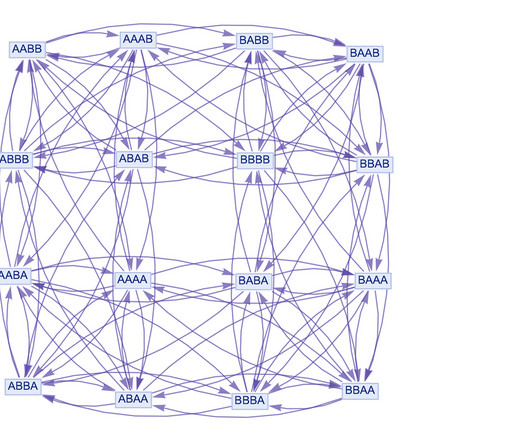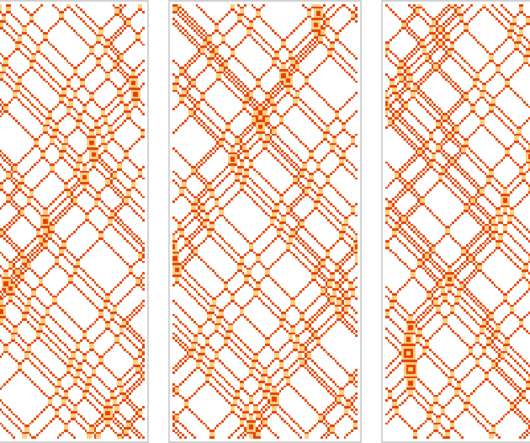Should universities use differential treatment to admit students?
Futurum
SEPTEMBER 28, 2023
The idea that exam results should be assessed differently based on a student’s socio-economic background is known as differential treatment, and Emil is investigating whether such policies can improve equality and efficiency in education and labour markets. As you can imagine, there are many arguments both for and against these ideas.












Let's personalize your content